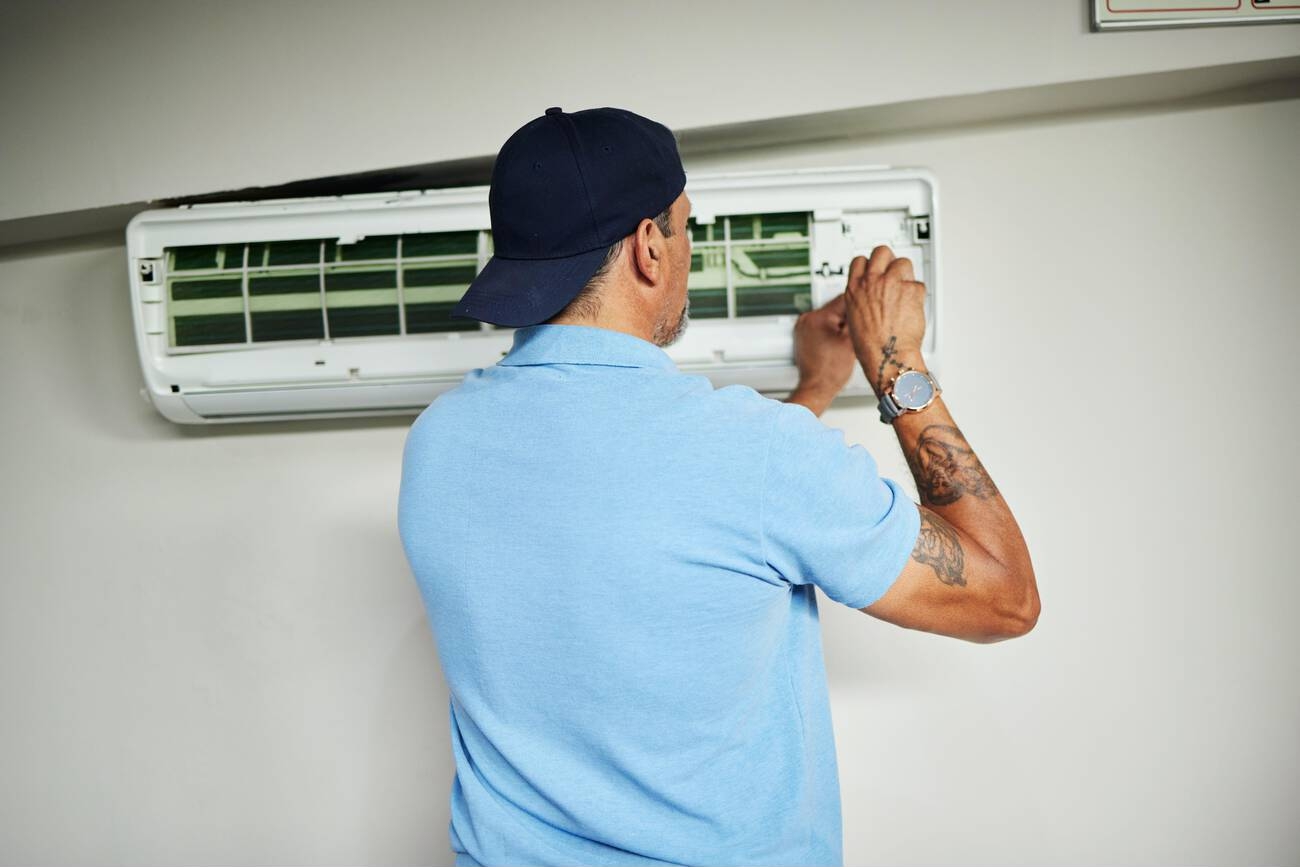Imagine being able to effortlessly evaluate the performance of your system, ensuring it’s responsive, stable, and reliable. With performance testing, you can do just that. But here’s the question: should you opt for manual testing or go for automation? In this article, we’ll explore the pros and cons of both approaches, helping you make an informed decision. So buckle up and get ready to discover the future of performance testing.
Pros and Cons of Manual Performance Testing
Pros and cons of manual performance testing are important to consider, as it allows for a more hands-on approach but can be time-consuming and prone to human errors. The advantage of manual performance testing is that it allows testers to have direct control over the testing process. They can observe and analyze the system’s behavior in real-time, making it easier to identify any performance issues or bottlenecks. Manual testing also provides an opportunity for exploratory testing, allowing testers to uncover unexpected bugs or usability issues. On the other hand, manual performance testing can be time-consuming because it requires testers to manually execute test cases and record results. It is also prone to human errors, as testers may overlook certain scenarios or make mistakes during the testing process.
Advantages and Disadvantages of Automation Performance Testing
One thing you should consider is that automation performance testing can improve efficiency and accuracy in evaluating system responsiveness and stability. With automation, you can achieve faster turnaround times, better accuracy, and cost efficiency. By automating performance testing, you can run tests at a large scale and quickly identify bottlenecks or issues that may affect the overall system performance. Additionally, automation allows for parallel testing on multiple devices, browsers, and operating systems, providing a more comprehensive evaluation of your application’s performance under different conditions. However, it’s important to note that automation testing lacks human observation and cognitive abilities for user experience evaluation. Therefore, while automation testing is highly beneficial for evaluating system responsiveness and stability aspects, manual testing should still be considered for assessing the overall user experience.
Choosing the Right Approach: Manual or Automation Performance Testing
When choosing the right approach for evaluating system performance, you should consider whether manual or automation testing aligns better with your specific needs and requirements. Manual testing offers flexibility and immediate results, making it suitable for short-term projects and end-user usability testing. It is effective for testing functionalities, UI/UX, website & app behavior, and user acceptance. On the other hand, automation testing requires more time and effort to set up but allows for iterative and parallel testing on multiple devices, browsers, and operating systems. Automation testing is preferred when cognitive abilities are not required and can be efficient for large-scale testing. Ultimately, the choice depends on factors such as project duration, scalability needs, human observation requirements, budget constraints, and desired level of accuracy.
The Role of Performance Testing Frameworks in Automation
To optimize your performance testing process and reduce maintenance costs, it is important to choose the right framework that aligns with your specific needs and ensures high performance. Here are two key considerations for selecting a performance testing framework:
- Compatibility: Make sure the framework you choose supports the technologies and platforms used in your application. This will ensure seamless integration and accurate test results.
- Evaluate if the framework supports different programming languages, protocols, databases, and operating systems.
- Check if it offers integrations with popular tools like Jenkins, JIRA, or Git for streamlined test execution.
- Scalability: Consider the scalability of the framework to handle large-scale testing scenarios without compromising efficiency.
- Look for features such as distributed load generation capabilities to simulate real-world user traffic.
- Assess if the framework allows easy scaling of tests across multiple machines or cloud environments.
Why Automation Testing Is Essential for Performance Testing
Using automation in performance testing is crucial for accurately simulating real-world user traffic and identifying bottlenecks and issues that could impact the system’s responsiveness and stability. By automating performance tests, you can replicate large-scale user scenarios and generate vast amounts of data to analyze. Automation allows for quick and accurate identification of performance problems, enabling you to take proactive measures to optimize system performance. Additionally, automation in performance testing aligns well with Agile and DevOps processes, ensuring that testing keeps pace with development cycles. It also accelerates the design of new services and applications while preventing bottlenecks in the development process. The future of performance testing lies in automating testing at all stages of the application lifecycle, making it an essential aspect of your overall testing strategy.
Common Challenges in Manual Performance Testing
In the previous subtopic, you learned about why automation testing is essential for performance testing. Now, let’s explore the common challenges that arise when performing performance testing manually.
When it comes to manual performance testing, there are several difficulties you may encounter. These challenges can impact the accuracy and effectiveness of your tests:
- Time-consuming: Manual performance testing requires a significant amount of time and effort to execute test cases and analyze results.
- Limited scalability: It can be challenging to simulate a large number of concurrent users manually, which limits your ability to assess system behavior under peak activity accurately.
To address these challenges in manual performance testing, it is crucial to consider alternative approaches such as automation or combining manual efforts with automated tools. This combination allows for faster and more accurate performance testing while ensuring scalability and efficiency in evaluating system responsiveness and stability.
Key Considerations for Automation in Performance Testing
When considering automation for performance testing, it is important to evaluate the benefits and challenges associated with implementing automated tools. Automation can bring significant advantages to performance testing, such as increased efficiency, faster execution of tests, and the ability to handle large-scale testing. Automated tools can also provide accurate and detailed reports, allowing for easier analysis of performance metrics. However, there are also challenges that need to be considered. Automation requires careful planning and investment in terms of time and resources. It may not be suitable for every project or feature, especially those that require manual observation or human-like decision-making. Additionally, automation testing lacks cognitive abilities and cannot replicate real-world conditions accurately. Therefore, it is crucial to weigh the benefits against the challenges before deciding on automation for performance testing.
Best Practices for Effective Performance Testing
In the previous subtopic, you learned about key considerations for automation in performance testing. Now, let’s delve into best practices for effective performance testing.
To ensure successful performance testing, it is important to follow these best practices:
- Define clear objectives and success metrics:
- Clearly define what you want to achieve with your performance tests.
- Identify specific metrics that will indicate the success of your tests.
- Create realistic test scenarios:
- Simulate real-world usage patterns and load conditions in your tests.
- Include a variety of user actions and interactions to accurately reflect actual usage.




